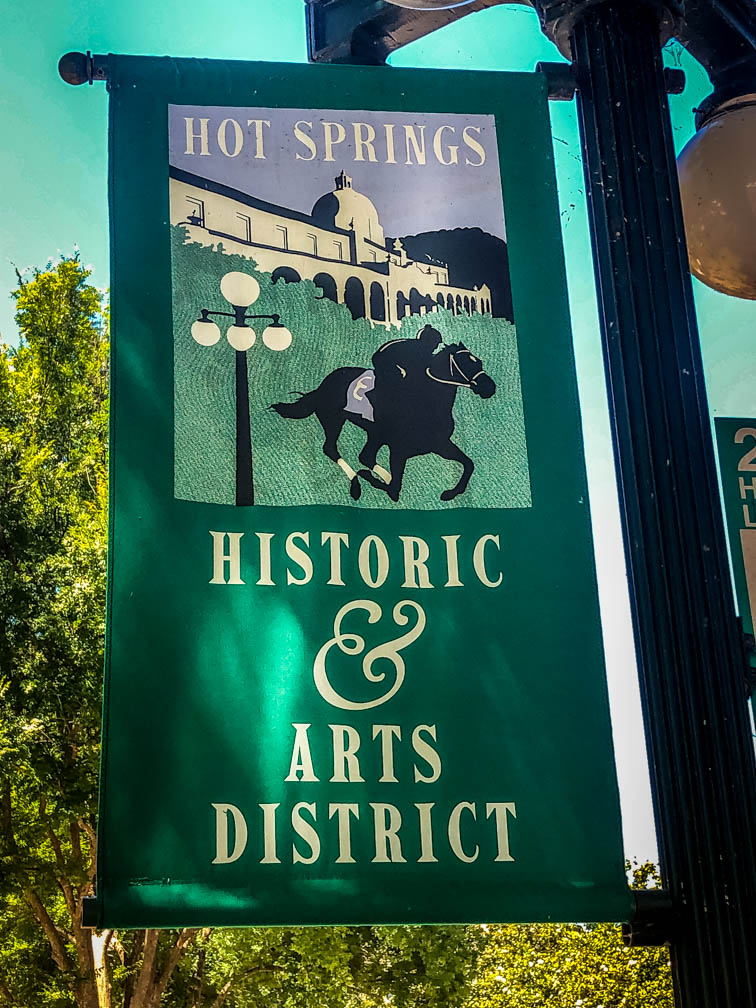
Old documents show that American Indians knew about and baths in Hot Springs during the late 1700’s and early 1800’s. Their ancestors may have also known about the hot springs. Some believe the waters have healing properties. Scientists have determined that the waters emerging from these hot springs are over 4,000 years old.
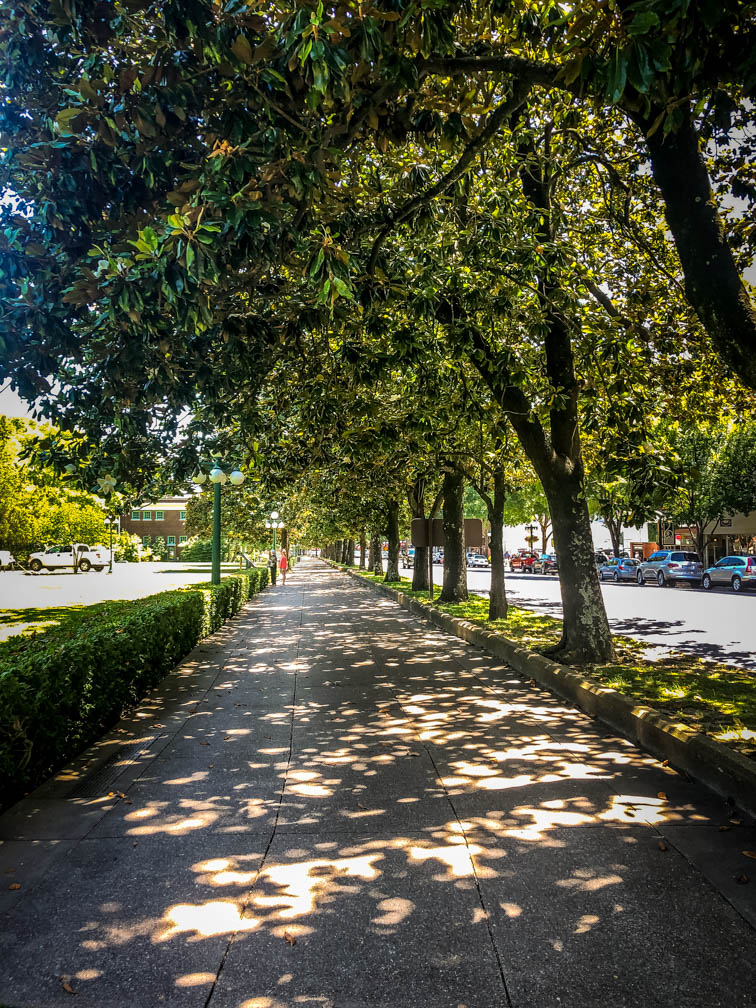
In 1921 the area became the 18th national park. Monumental bathhouses built along Bathhouse Row about that time catered to crowds of health-seekers.
Superior Baths
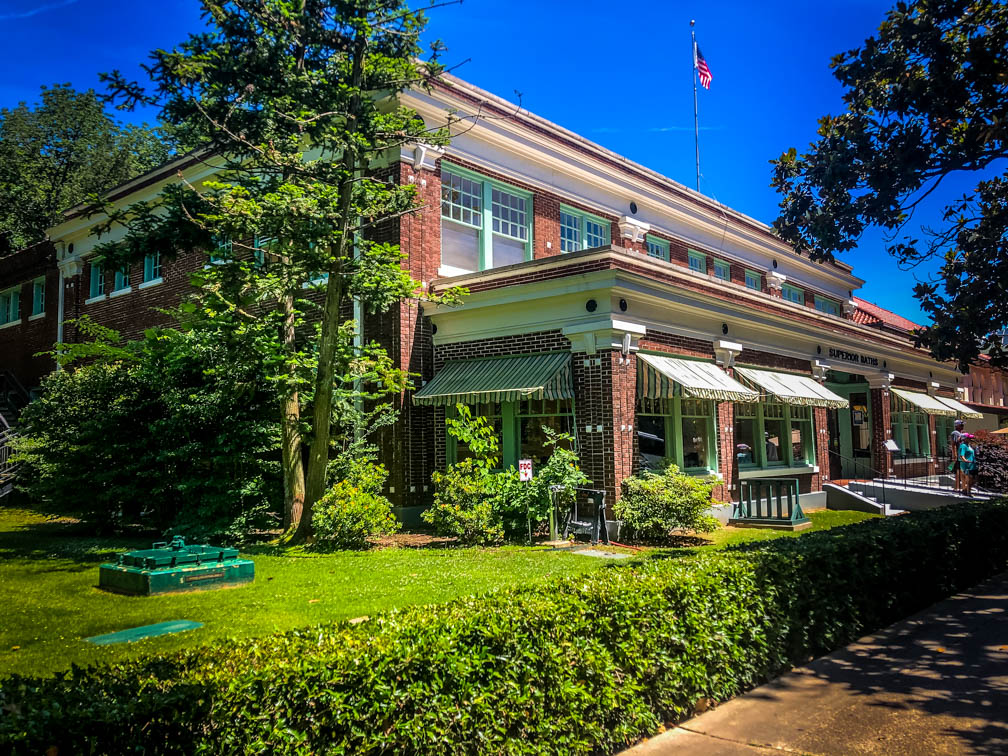
Opened on February 1, 1916 with 11,000 square feet, for a cost of $68,000. It’s the smallest bathhouse on the Row, and was also the cheapest. It offered only the basic hydrotherapy, mercury, and massage services. It closed in November of 1983. It is now home to the only brewery in the United State National Park, and the only brewery in the world to utilize thermal spring water to make their beer.
Hale Bathhouse
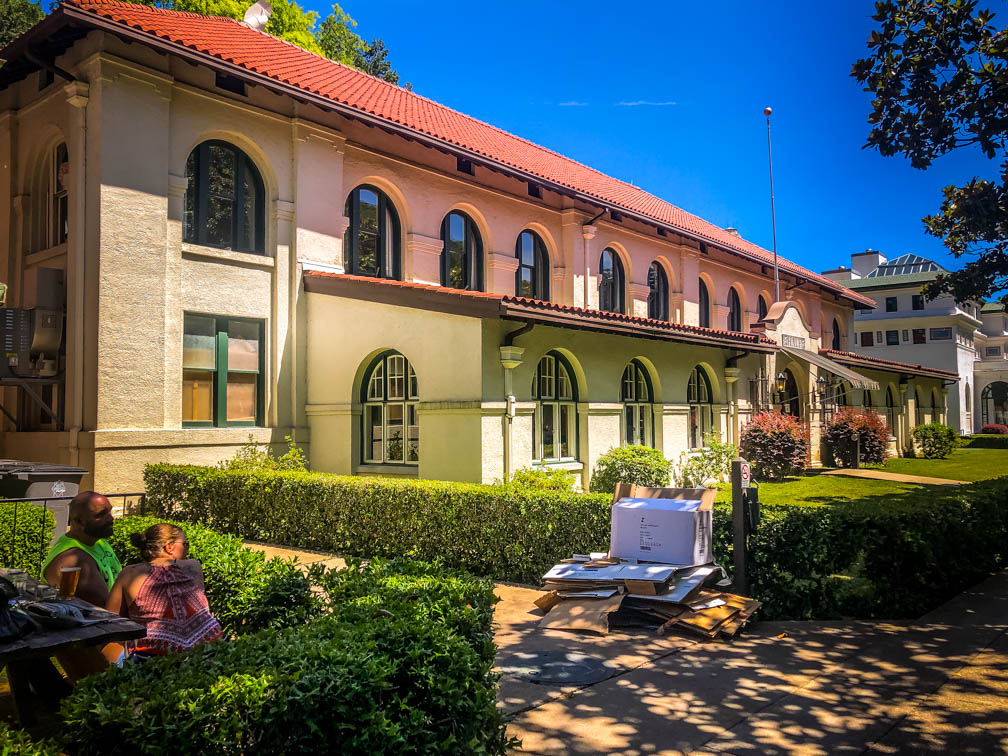
The Hale Bathhouse was built in 1892, and is known as the oldest bathhouse on the Row. A major remodel occurred in 1914 and 1939. The remodel in 1939 covered the brick with the stucco you see today. The present building has 12,000 square feet on the two main floors. The lobby area was used as a sunroom where guests could relax in rocking chairs. The Hale closed on October 31, 1978. Today it serves as a hotel and restaurant serving breakfast, lunch, and dinner.
The Maurice Bathhouse

The Maurice opened on January 1, 1912, during the heyday of the bathing industry. In 1946, the peak year of business, they gave 67,587 baths. They gave under 6500 baths that year. It was built as the “Bathhouse Beautiful” when it opened, three years later it was extensively remodeled to rival it’s next door competitor. The total floor space is 23,000 square feet, with three floors. The Maurice had a gymnasium, staterooms, a roof garden, twin elevators, and in the 1930s a therapeutic pool, situated in the basement. It was the only bathhouse on the Row to have such a pool. The Maurice closed in November 1974.
The Fordyce
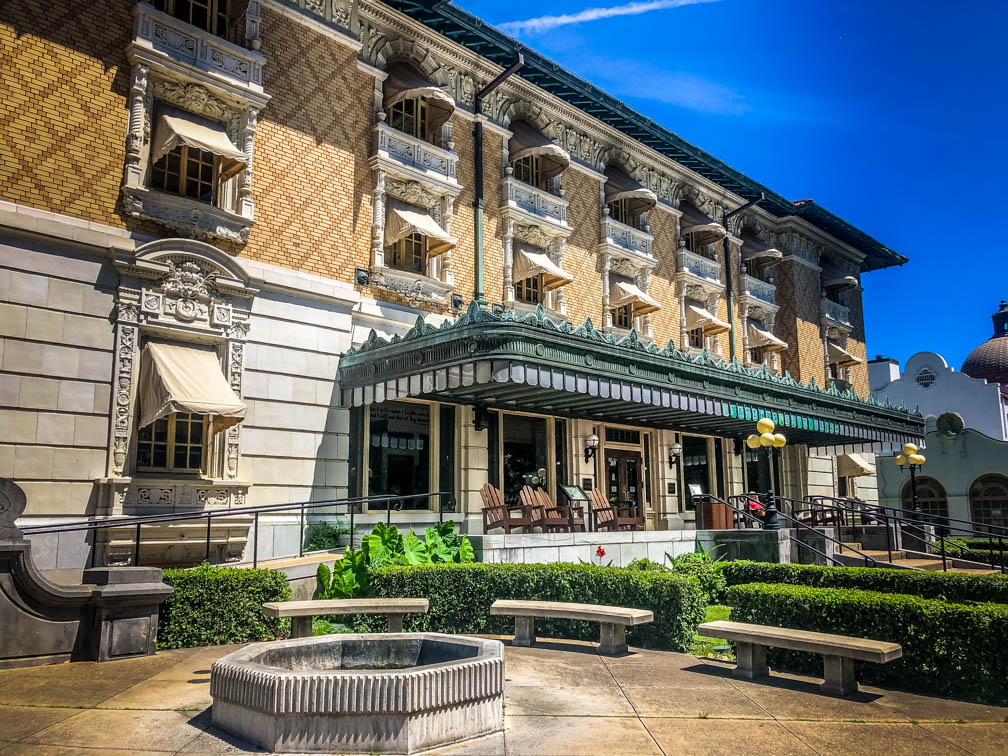
The Fordyce opened on March 1, 1915. The building cost $212,000 to build, equip, and furnish. It is approximately 28,000 square feet, and is the largest bathhouse on the Row. It has three main floors, two courtyards, and a basement under most of the building. It became the first bathhouse to go out of business on June 30, 1962. It was extensively restored by 1989 and is now a furnished museum. You can tour this bathhouse.
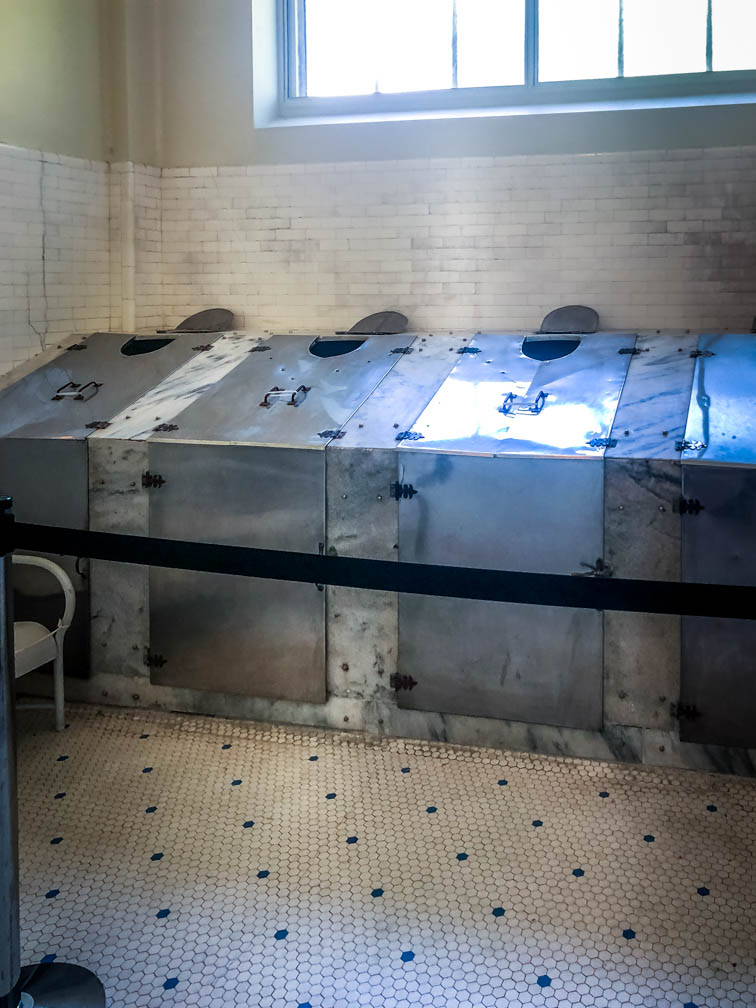
The Steam Cabinet Room. The temperature of the steam in a vapor cabinet varied from 115 degrees to 140 degrees Fahrenheit. A vapor bath caused profuse sweating, rapid pulse, and higher body temperature. In the treatment of rheumatism, advanced syphilis, jaundice, and obesity, prolonged vapor baths-up to thirty minutes – were administered.

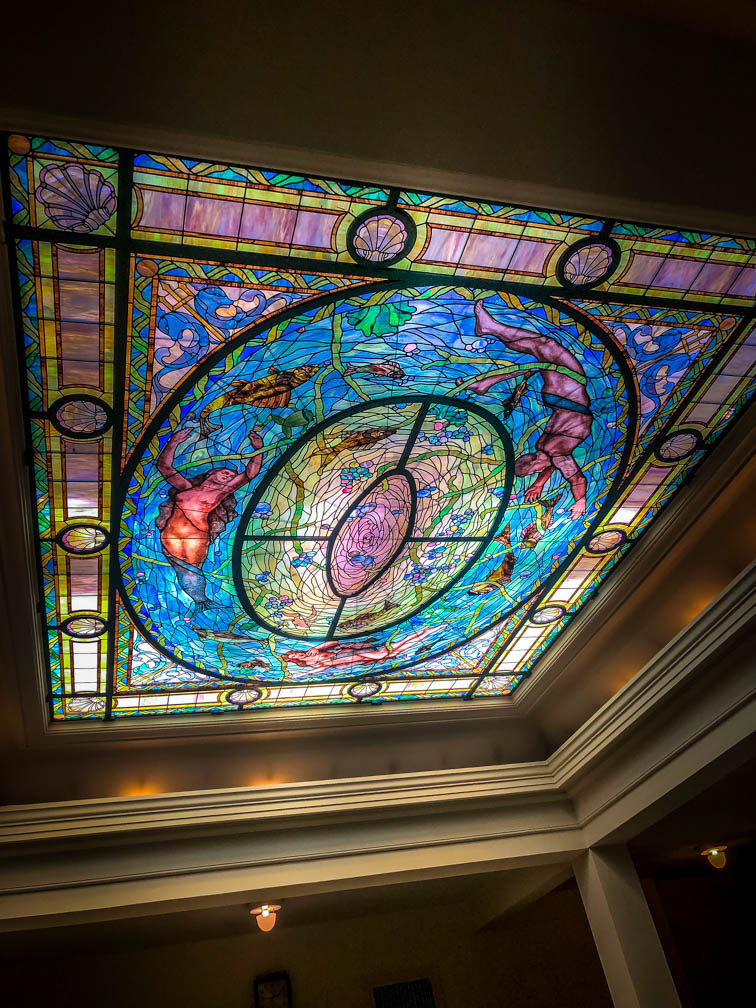
The ceramic statue and fountain in the center of the hall is called “The Fountain of Youth”. I love the beautiful stain glass in the ceiling.
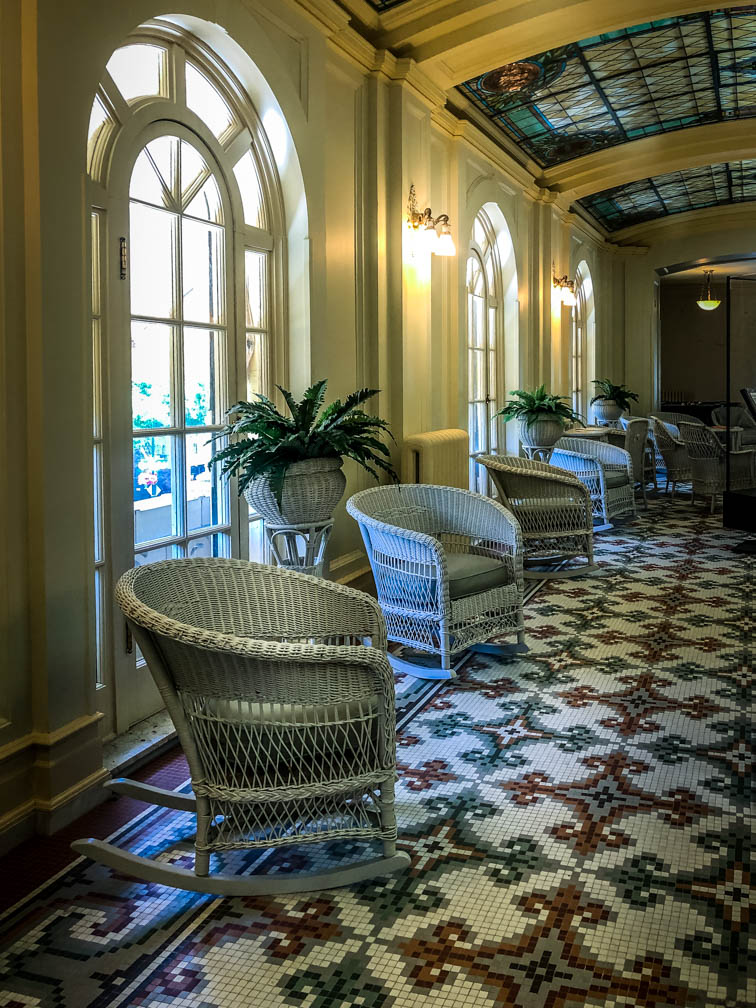
This elegant assembly room was considered one of the crown jewels of the Fordyce. Both a social and cultural center, the area was used for concerts as well as more private socializing.

They even had a special pool for non-ambulatory patients. Therapy in this basin was recommended in cases of polio, arthritis, rheumatism, paralysis, and other ailments producing pain or stiffness in the joints or weak muscles.
Quapaw Baths

The Quapaw was built in 1922 on the site of two previous bathhouses, the Horseshoe and Magnesia, and was named after an American Indian tribe that once held land in the area. The Quapaw closed its doors in 1968, then reopened a year later as Health Service, Inc, but closed again in 1984.

Today this still serves as a public bathhouse with open pools at different temperatures. A bar recently opened, and it also offers a cafe. Their pool temperatures range from 95 – 104 degrees.
The Ozark
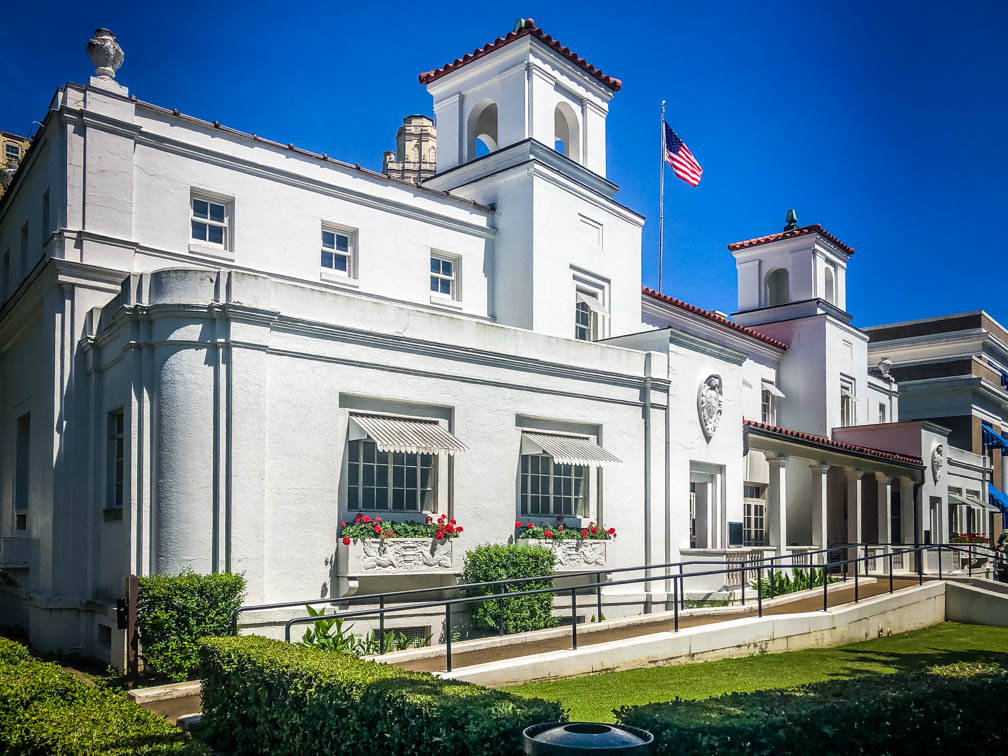
The Ozark opened summer of 1922. It only had 14,000 square feet and 27 tubs. It catered to a middle economic class of bathers unwilling to pay for frills. The Ozark closed in 1977.
Today, the Ozark houses the Hot Springs National Park Cultural Center.
The Buckstaff Bathhouse

The Buckstaff Bathhouse replaced the Rammelsberg Bathhouse that was destroyed in the 1878 fire, but evidently there was a brick bathhouse on the site in the late 1850’s as well. The Buckstaff cost $125,000 to build and contains 27,000 square feet on three main floors. Because it has been in continuous operation since it opened on February 1, 1912 it is one of the best preserved of all of the bathhouses on Bathhouse Row.
The Buckstaff offers private tubs versus the open pools that the Quapaw offers.
Lamar Bathhouse


The Lamar Bathhouse opened on April 16, 1923. It was unique in that it offered a range of tub lengths (5′, 5’6″, 5’9″, 6′, and 6’6″). It also had a small coed gymnasium. The Lamar closed on November 30, 1985. Today, it offices for the parks Resources Management employees., the park archives, museum collection storage space, a small research library, and the park store.

We had a great time in Hot Springs, it’s been our 3rd time here and we do something different every time. First time we came we did a bath in individual bath tubs with someone bathing you, and THAT was awkward. Due to Bob’s burns we couldn’t enjoy the pools this time. We would have liked to go to the Quapaw, but maybe next time.

